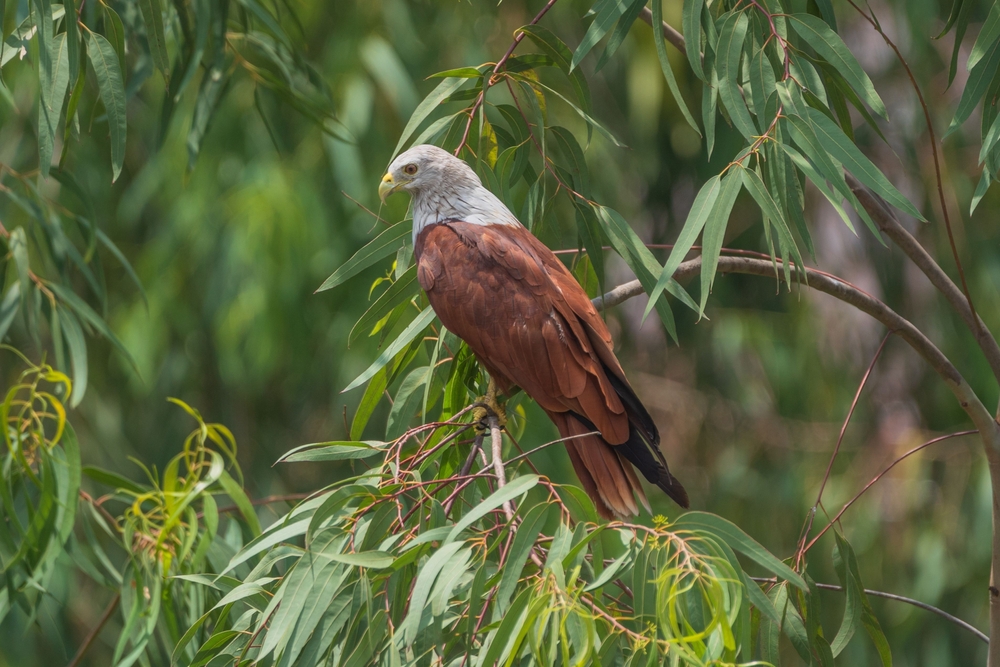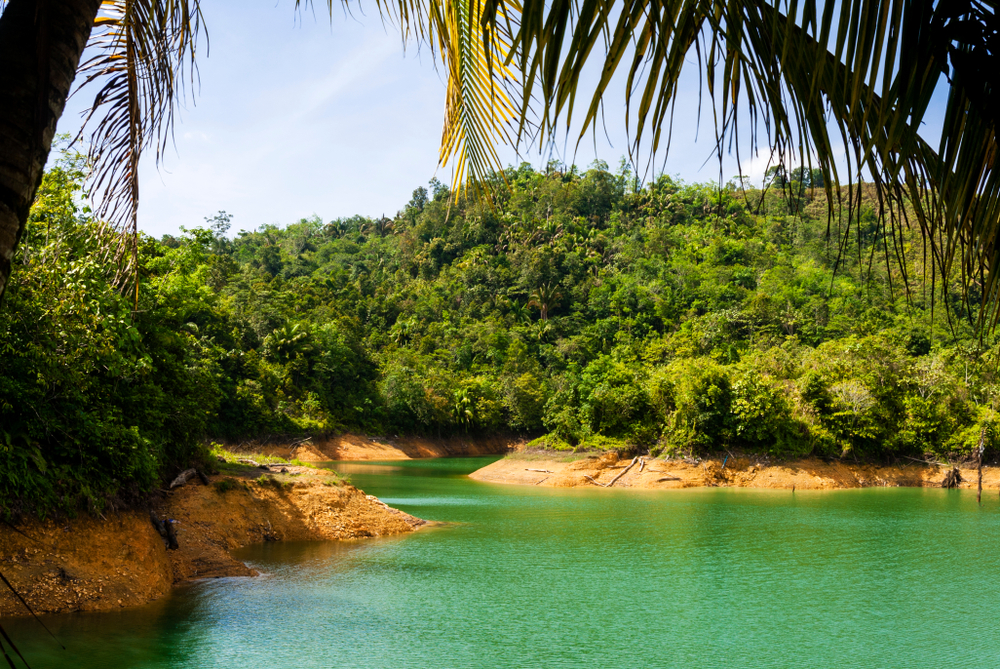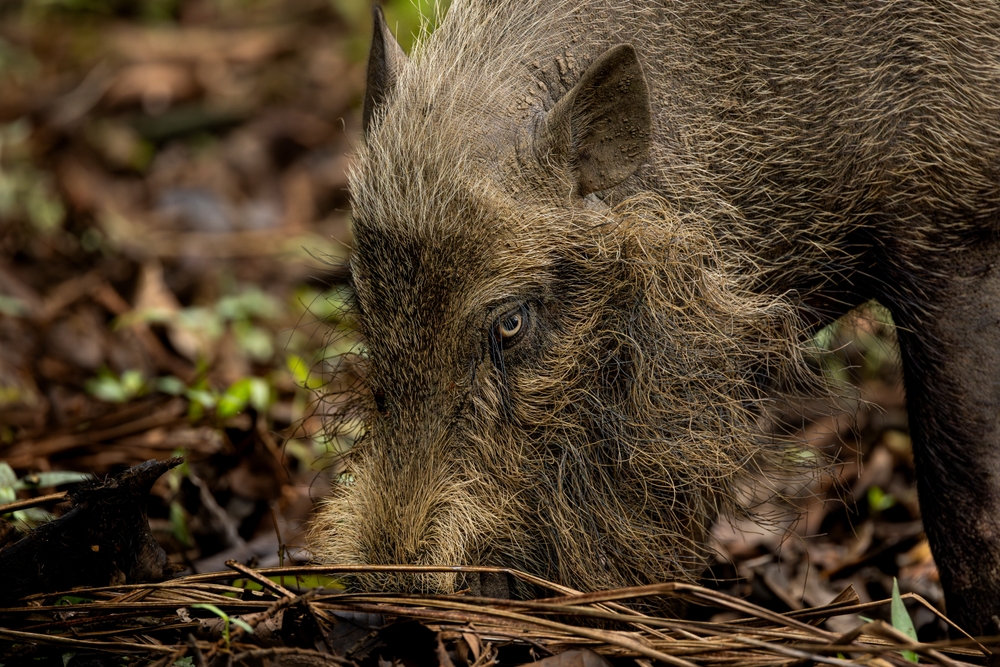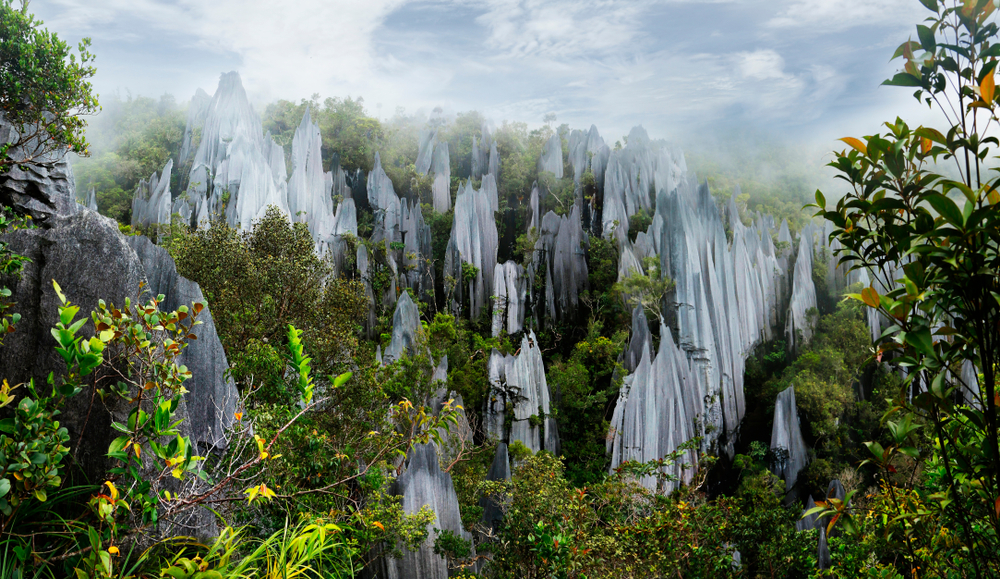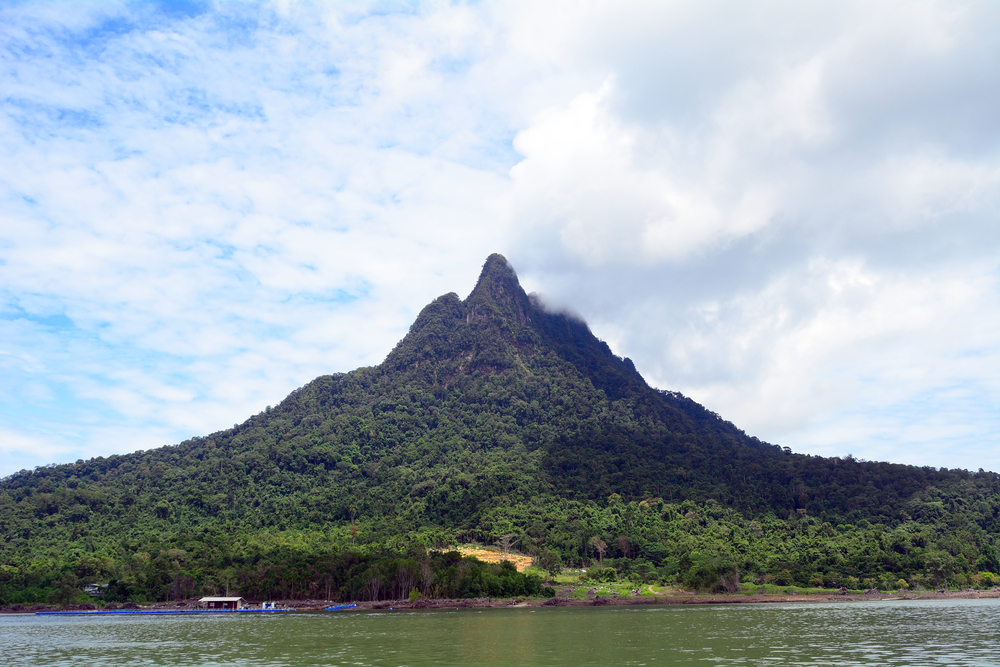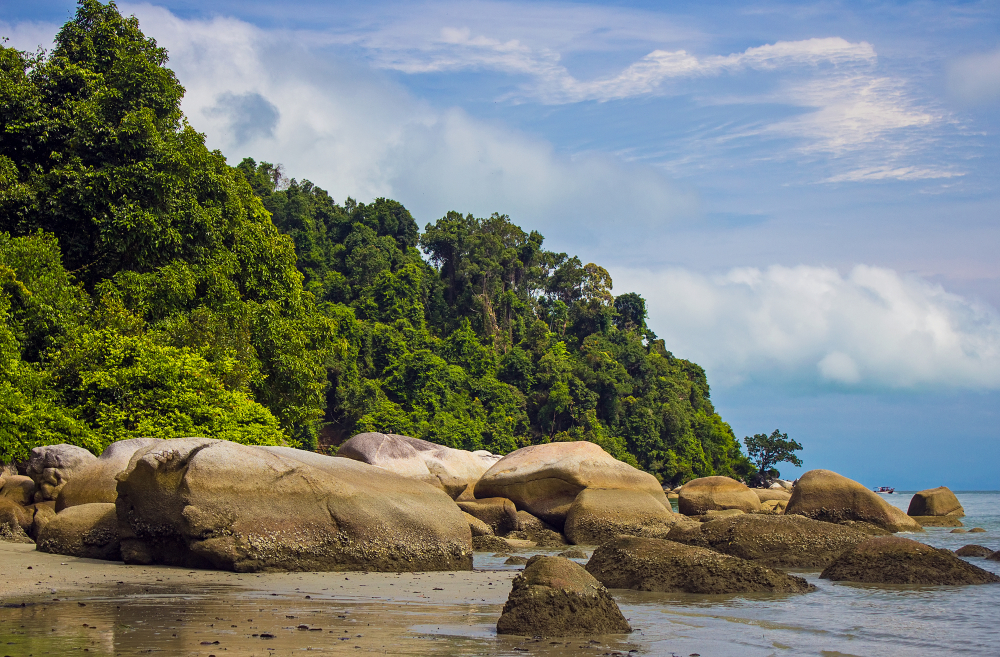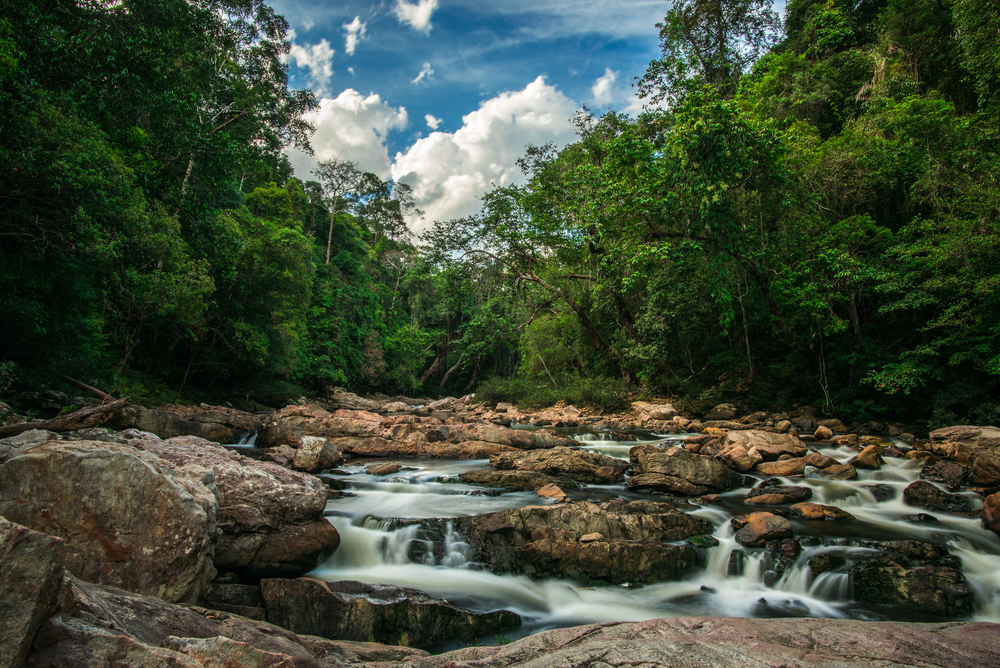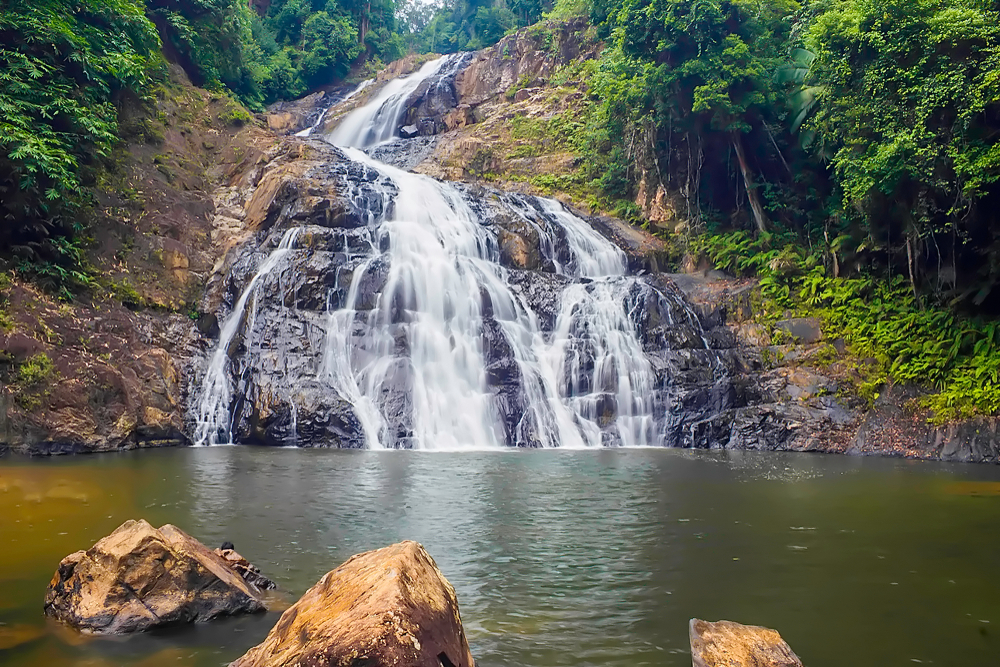Limbang Mangrove Overview
Limbang Mangrove National Park, located in the Limbang Division of northern Sarawak, Malaysia, is a small yet ecologically significant protected area. Spanning approximately 7.7 square miles (20 square kilometers), the park offers an intimate glimpse into the intricate ecosystems of mangroves, tidal mudflats, and intertidal forests.
This area plays a vital role in sustaining biodiversity, stabilizing coastlines, and acting as a natural filter for inland waterways. The park’s landscape is characterized by dense mangrove forests, intricate waterways, and patches of coastal vegetation, creating a strikingly beautiful and complex terrain that is both visually and ecologically remarkable.
The mangroves within the park form a diverse ecosystem comprising various mangrove species, including the iconic Rhizophora and Bruguiera trees, whose interlocking roots dominate the landscape. These ecosystems provide shelter and sustenance for a wide array of wildlife. The park’s muddy substrates and water channels support a thriving population of crustaceans like crabs and prawns, while mudskippers and other amphibious fish are common sights along the tidal flats.
Bird enthusiasts will find the park a haven, as it is home to species such as herons, kingfishers, and the majestic Brahminy kite, which soars gracefully over the waterways in search of prey. Mammals such as the proboscis monkey, a species endemic to Borneo, can often be observed among the mangrove trees, making this park an essential habitat for their survival.
Macaques, monitor lizards, and otters are also among the fascinating wildlife visitors might encounter. The intricate balance of flora and fauna in this park offers a dynamic setting where life thrives in its many forms.
Popular features of Limbang Mangrove National Park include its serene boat rides through the mangrove-lined channels, where visitors can immerse themselves in the park’s tranquil beauty and observe its wildlife up close. Kayaking is another favored activity, allowing for a more personal and adventurous exploration of the area.
Birdwatching is particularly rewarding during the early mornings or late afternoons when the birds are most active. Additionally, the park serves as a critical educational site for understanding the importance of mangrove ecosystems and their role in combating climate change through carbon sequestration.
Limbang Mangrove National Park faces several conservation challenges, including the pressures of coastal development, illegal logging, and pollution from upstream activities. However, conservation efforts led by local authorities and community-based organizations have made strides in addressing these issues. Reforestation projects and sustainable tourism initiatives are among the successes that have bolstered the park’s ecological health while raising awareness about its importance. The park’s management has also implemented strict regulations to ensure the protection of its delicate ecosystems while allowing visitors to enjoy its natural wonders responsibly.








































































